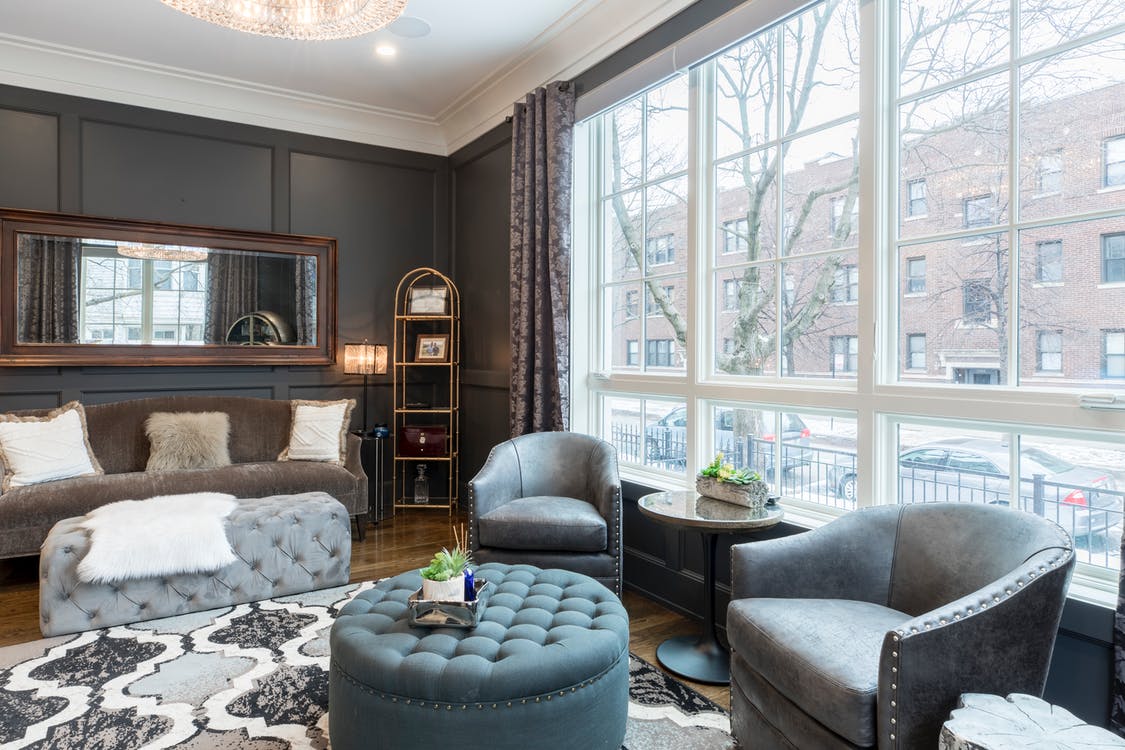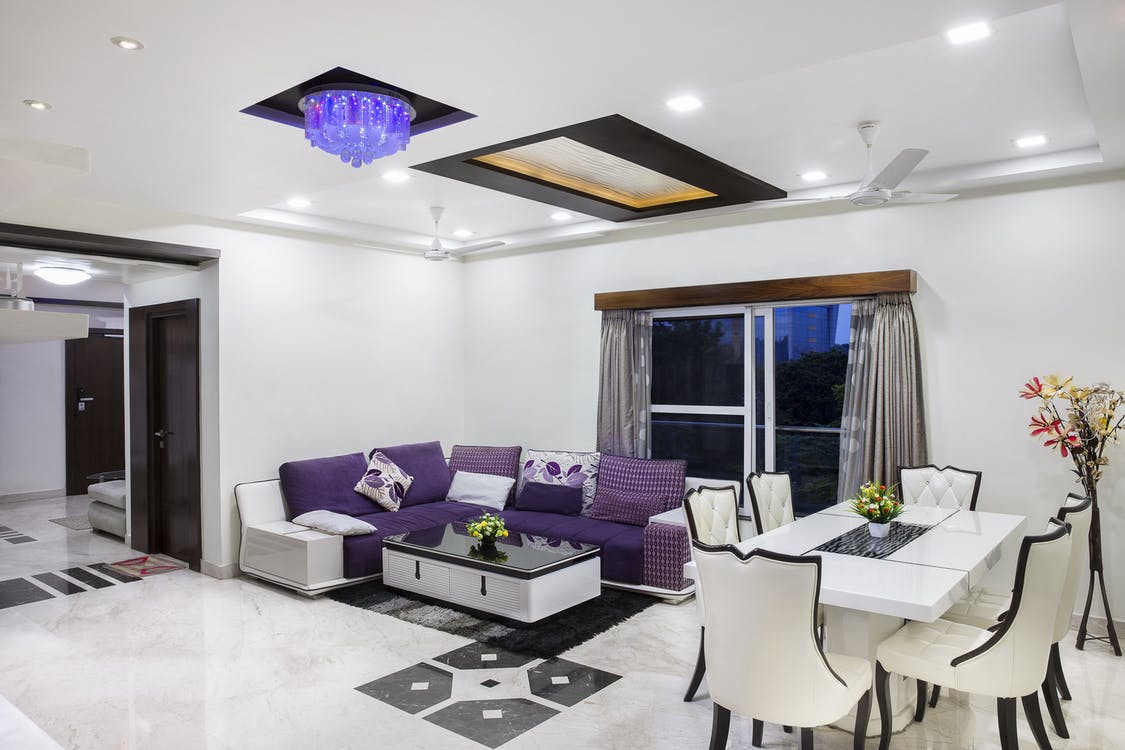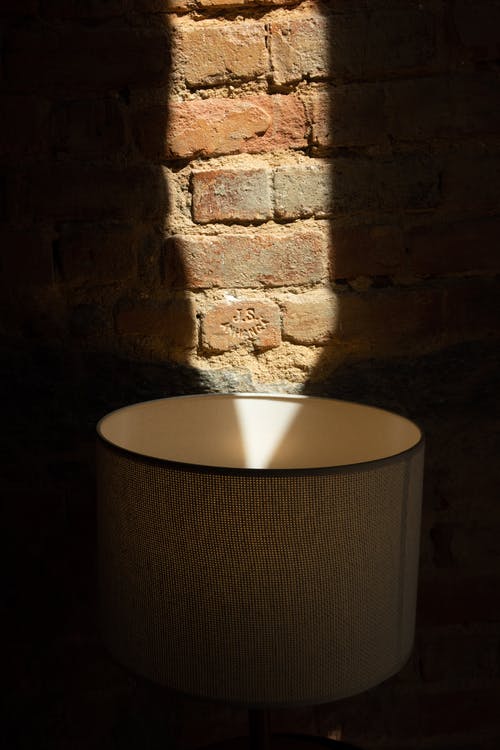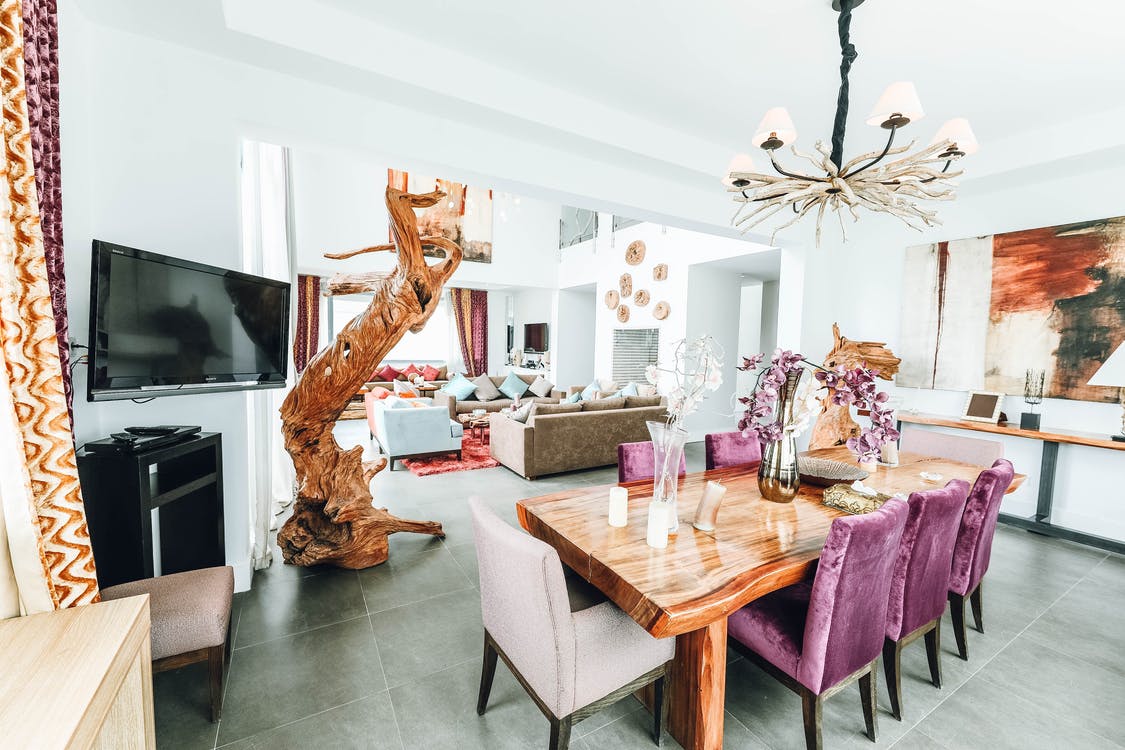While traditional décor and furniture have a long history and can be pretty beautiful, they can feel dark, heavy, and out of date when overdone. And while modern style has an exciting, clean vibe, it can also be a little colorless, too stark, or uncomfortable.
Fortunately, a happy medium exists between these two decorating styles: new traditional. This fusion of new and old celebrates the best of both, resulting in a timely and timeless look.
The right juxtaposition and layering of contemporary accents and classic furniture are important in New Traditional. The best new traditional spaces are approachable, livable, and luxurious all at the same time. It’s also an interior design style that can complement the architecture of many homes, from new-build suburban homes to historic row houses.
But how do we find that elusive balance of old and new? Let’s dissect it.
Redefining Traditional Style
The traditional style oozes sophistication and is inspired by 18th-century European interior design. This design style is sumptuous, but it is also predictable, orderly, and dignified. This classic look is defined by rich color palettes, matching furniture sets, and heavy window drapery.
However, as modern life has changed how people use their living spaces, the traditional style has evolved. In comes the New Traditional Style. This style brought into the modern era emphasizes modern life’s conveniences and comforts while retaining traditional design’s refined, uncluttered elegance.
The rolled arms and curved lines of Victorian-era furniture are retained, but with more practical, lighter fabrics and streamlined constructions. To keep the style familiar but updated, the color palette is invigorated with lighter shades of creamy off-whites and classic blues.
Ways to Achieve a New Traditional Style
The new traditional design seeks formal furniture emphasizing comfort and a sleeker appearance. It is possible to mix periods and finishes. Except for a larger, more family-friendly scale, the new traditional has a far more personal feel with classic seating plans.
Here are a few ideas for updating and modernizing a traditional home:
Reconsider Art
Instead of hanging individual pieces on the wall, try a grouping or something on a larger scale. Something extremely large adds a level of excitement to a space that is typically lacking in a more traditional setting. Alternatively, instead of traditional framed art, use found items such as board games, old signs, or other vintage objects as art.
Clear the Clutter
Less is more when achieving that new traditional look. You want to appreciate and see what’s in the room, but you don’t need a lot of stuff to do so.
Choose larger items or group the smaller items to add visual interest. The new traditional interior design style is a little bolder, with more color and definition.
Keep It Simple
The most common words used to describe a dream bedroom are “peaceful,” “relaxing,” and “calm.” It helps to have simple and clean surroundings, free of clutter and fuss, to get that soothing vibe.
As a result, the new traditional style avoids large collections of bric-a-brac over a more streamlined appearance. That doesn’t mean devoid of character or as stark as minimalism; it simply means that decorative accessories must be limited to a few special pieces.
Update Lampshades
Replace the traditional pleated shades with a simple drum shade to make a lamp look less fussy.
Separate the Coordinating Furniture Sets
A room should not have more than four matching pieces or anything in it. So relocate some items to other areas of the house.
Aside from making a room more timeless, combining furniture from different periods and finishes. You can use a unified color palette to tie the various pieces of furniture together.
Make Your Windows More Simple
Remove the heavy curtains. Valances and swags are out. Instead, choose tailored panels or other straightforward options such as shutters, roman or bamboo shades, or nothing at all.
Use Atmospheric Colors
Colors like dark green and burgundy are no longer popular. Lighter colors, even white, are used by new traditionalists. That doesn’t mean it’s dull and washed out. It entails contrasting bright citrus accents against a neutral background.
No More Formal, Off-Limit Rooms
Make those formal spaces more casual and welcoming to families. If that means adding a TV, go ahead and do it. You can use an overly large coffee table for eating or doing homework.
You would want to make the space usable, not leave it alone. Consider how you will use the space. A rarely utilized dining room could benefit from adding a desk for a home office.
Opt for Clean Lines
Aside from architecture, large furniture pieces are the foundation of almost any room. Look for sofas with clean lines, such as tapered legs and track arms, or classic silhouettes, such as an English roll arm, to achieve the new traditional look. Consoles, coffee tables, and sideboards should all have simple shapes and minimal ornamentation.
Experiment With Form
Accent side tables and chairs are ideal places to be creative. Contrast the clean lines of foundation furniture with an antique Bergère chair or a one-of-a-kind side chair’s curvier lines. Consider unusual side tables and the finishes—brass, painted, bone, or ceramic.
Include Something Rustic
This includes handmade, natural, or unpolished items, such as an organic light fixture, a rough-hewn wood side table, and a seagrass basket. Look for features of contrast.
Install New Lighting
Getting rid of fussy lamps and chandeliers is one of the simplest ways to update a traditional room. If it feels risky, it’s probably a risk worth taking.
Layer Fabrics
Rich fabrics are a feature of each of these spaces: velvet upholstery, wovens, ikat pillows, florals, printed linens, and so on. Another type of juxtaposition is mixing and layering patterns and textures, which is a good way to make a space feel more warm and welcoming.
Hang Curtains
A final layer of fullness and pattern is added with dramatic pleated drapery. You can create your custom drapery online or at a local workroom, or you can find curtains at traditional retailers for a lower cost.
The Devil Is in the Details
Bone inlay or button tufting on the pillows, tape trim on the curtains, piped or self-welt edges on the pillows, and brass details on the furniture are all luxurious. These may appear minor additions, but when combined, they add a layer of texture, polish, and interest that elevates a space.
Balance Is a Key Detail
This might seem like basic advice, but when you are decorating over time or have been living in a space that doesn’t feel right, you need to take a step back and take inventory. Is there a more modern item in the room for every traditional item? Where can you add or subtract to achieve a roughly equal balance of traditional and contemporary?
Take into account everything from individual pieces of furniture to lighting, fabrics, frames, art, and accessories.




